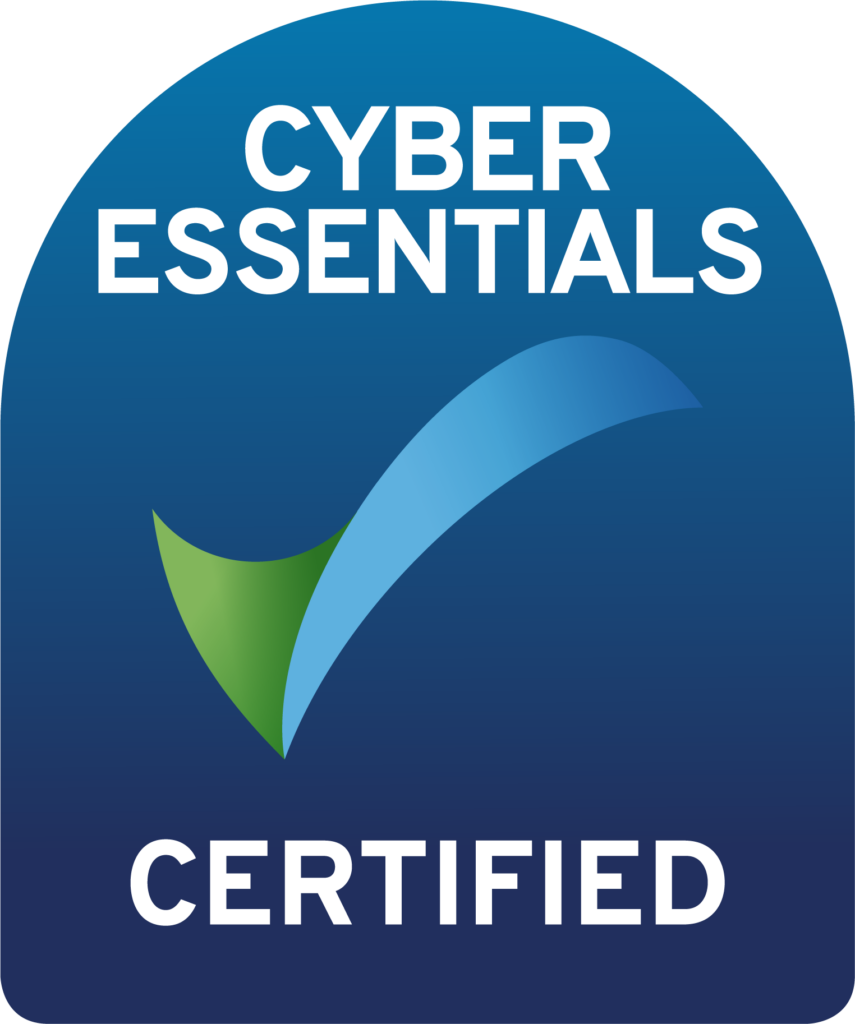Well-Architected Maintenance Plan Terms and Scope
Our Well-Architected Maintenance Plan is designed to ensure the stability, security, and operational efficiency of your environment. The following outlines examples of tasks that are included under this plan, as well as examples of actions that fall outside its scope. These lists are not exhaustive and serve to illustrate the types of tasks covered or excluded.
Scope of Maintenance
The following are examples of tasks included as part of the maintenance plan:
- Credential and Policy Management:
- Managing and updating password policies.
- Following up with team members to update credentials as required.
- Billing and Resource Administration:
- Performing billing adjustments or updates behind the scenes to optimize resource usage.
- Monitoring Setup and Support:
- Configuring dashboards to provide visibility into resource performance and usage.
- Adjusting configurations for existing monitoring tools (e.g., setting up alerts or tuning metrics).
- Instance and Storage Updates:
- Updating instances or storage types to newer versions that are functionally equivalent to the existing configuration (e.g., transitioning to newer instance types without requiring application-level changes).
- Incident Investigation:
- Investigating the root cause of alarms or performance issues (e.g., high CPU utilization) to determine potential resolutions.
Exclusions from Maintenance
The following are examples of tasks considered changes under ITIL standards and are not covered under the maintenance plan:
- Server Modifications:
- Installing agents or software on servers to gather additional metrics or enable enhanced monitoring capabilities.
- Resolution of Performance Issues Requiring Changes:
- Implementing fixes for performance issues (e.g., modifying server configurations, upgrading server resources, or deploying new solutions).
- Architectural Changes:
- Any modification that alters the structure, functionality, or configuration of the system (e.g., changes to network setups, new integrations, or significant upgrades).
- Custom Development or Major Enhancements:
- Building or deploying new features or functionality beyond the existing system’s operational maintenance.
Clarifications
- These lists provide examples and are not comprehensive. If you are unsure whether a specific task is covered, please reach out to us for clarification.
- While we will identify and suggest solutions for issues or inefficiencies uncovered during maintenance, implementing these changes will require a separate agreement or project scope.
- This plan ensures your environment is monitored, maintained, and optimized to the extent possible without making structural changes to your systems.
Next Steps for Changes
For tasks outside the scope of maintenance, we offer a separate change management process. Please contact us to discuss your specific needs, and we’ll provide an appropriate plan and estimate for the required changes.
For additional questions or clarifications, feel free to reach out to our support team.


